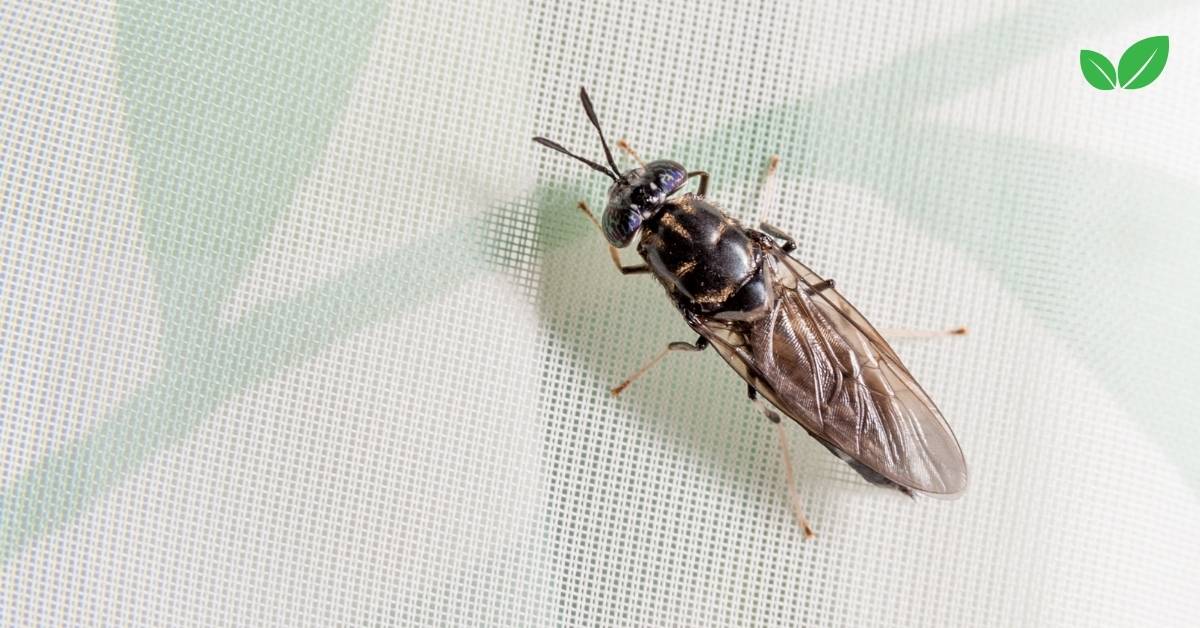Introduction
The genus Hermetia, best known for the species Hermetia illucens, or the black soldier fly, plays an essential role in the environment. This insect has gained significant attention for its ecological benefits, including waste decomposition and nutrient recycling. Native to the warm and temperate regions of the Americas, Hermetia illucens has now spread globally due to its adaptability and usefulness. This article will provide an in-depth exploration of the environmental niche of Hermetia, focusing on its habitat, diet, life cycle, ecological interactions, and its growing importance in sustainable practices.
1. Overview and Taxonomy of Hermetia
Hermetia is a genus of flies belonging to the family Stratiomyidae. While many species exist within this genus, Hermetia illucens (the black soldier fly) is by far the most well-known due to its pivotal role in organic waste recycling and animal feed production. The classification of Hermetia illucens is as follows:
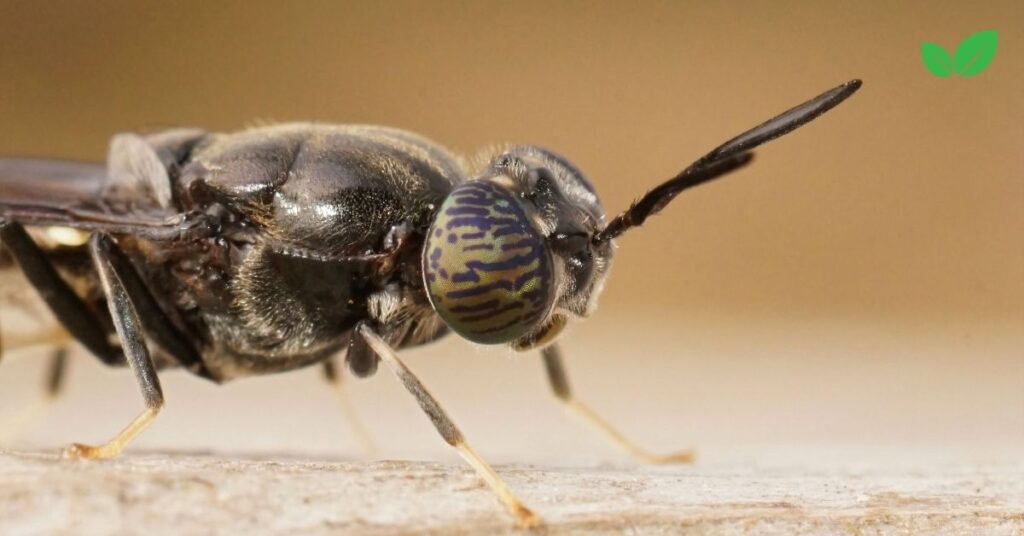
- Kingdom: Animalia
- Phylum: Arthropoda
- Class: Insecta
- Order: Diptera
- Family: Stratiomyidae
- Genus: Hermetia
- Species: H. illucens
The black soldier fly is recognized for its metallic, wasp-like appearance, featuring a slender black body with translucent wings and distinctive white markings on its legs.
2. Habitat and Distribution
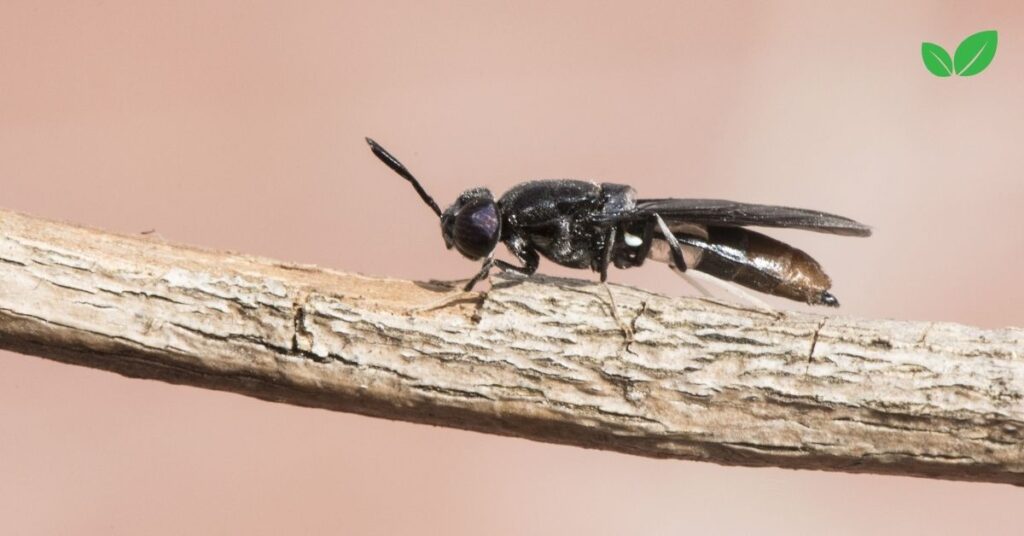
2.1 Native and Introduced Range
Originally native to tropical and subtropical regions of the Americas, Hermetia illucens has spread to various continents, including Europe, Africa, Asia, and Australia. Its global distribution is largely attributed to the transportation of organic waste and the species’ exceptional adaptability to different environments.
2.2 Preferred Habitats
Hermetia illucens thrives in environments rich in organic matter, where females lay eggs that develop into larvae capable of efficiently decomposing organic waste. Common habitats include:
- Compost heaps
- Manure piles
- Agricultural facilities
- Food processing waste sites
- Decaying plant material
These environments offer optimal conditions for larval development, providing both shelter and a consistent source of nutrients.
2.3 Climate Tolerance
The black soldier fly prefers warm climates, with an ideal temperature range of 24–30°C (75–86°F). While it can survive in a range of temperatures, extreme cold or prolonged freezing conditions can hinder development and population stability. However, through human assistance, such as indoor farming and controlled environments, the fly has been successfully cultivated in temperate regions.
3. Life Cycle and Reproduction
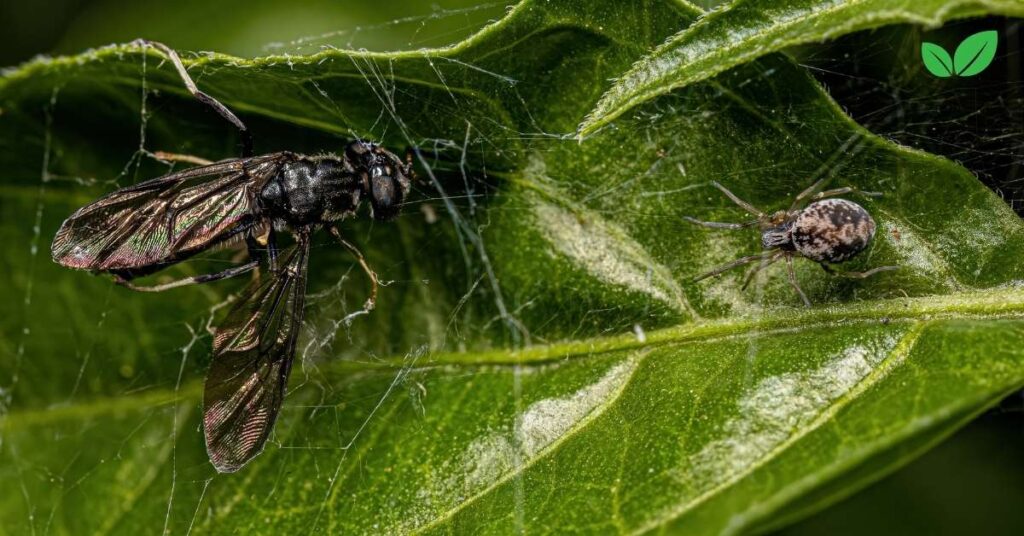
3.1 Egg Stage
The life cycle of Hermetia illucens begins when a female lays her eggs in a crevice near decaying organic matter. A single female can lay between 500 to 900 eggs at a time, ensuring a high potential for larval success. The eggs hatch within 3 to 4 days, leading to the larval stage.
3.2 Larval Stage
The larval stage is the most significant in terms of ecological function. Black soldier fly larvae (BSFL) are voracious feeders that consume a wide range of organic materials, including food scraps, manure, and agricultural byproducts. This stage typically lasts for 14 to 16 days, depending on environmental conditions and food availability.
The larvae have a high conversion rate, effectively turning waste into biomass. They are rich in protein and essential nutrients, making them an attractive feed source for livestock and aquaculture. The larval stage is also notable for the larvae’s ability to suppress the growth of harmful bacteria in decomposing matter, contributing to improved sanitation.
3.3 Pupal Stage and Adult Emergence
Once the larvae reach maturity, they enter the pupal stage, during which they transform into adult flies. The pupal stage can last from 10 to 14 days. The emergence of adults marks a shift from feeding to reproduction, as adult black soldier flies do not consume food; instead, they rely on fat reserves accumulated during the larval stage.
3.4 Adult Stage
Adult Hermetia illucens live for approximately 5 to 8 days. Their primary purpose is reproduction, and they are non-invasive and non-pestilent, distinguishing them from many other fly species. This phase contributes minimally to nutrient recycling but plays a crucial role in sustaining the population.
4. Diet and Ecological Role
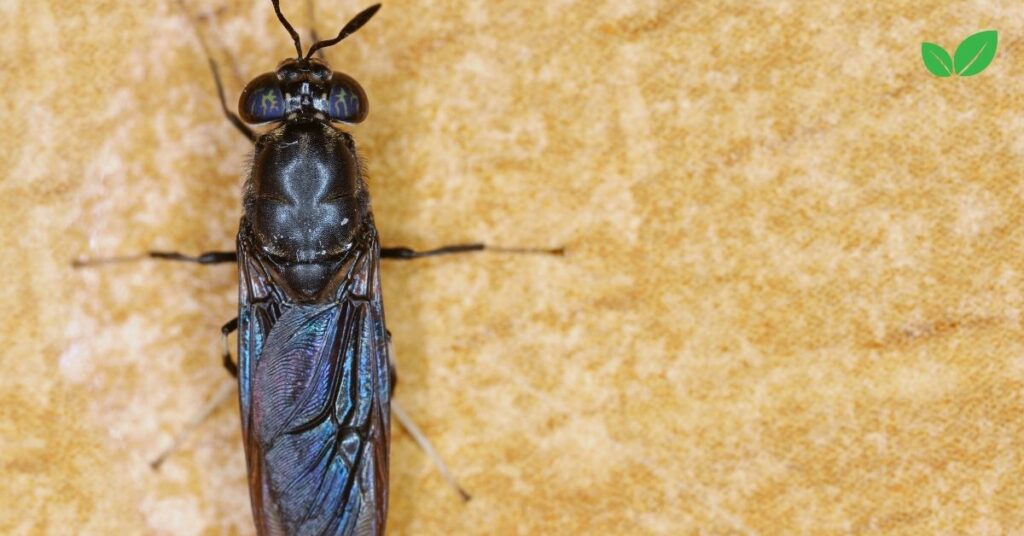
4.1 Larval Diet
The diet of black soldier fly larvae encompasses a wide range of organic materials, making them one of nature’s most efficient decomposers. Their primary food sources include:
- Food scraps from households and restaurants
- Agricultural residues, such as spoiled produce
- Animal manure
- Food processing waste
- Dead plant material
By breaking down these organic substances, Hermetia illucens larvae contribute significantly to nutrient recycling. They convert waste into valuable byproducts, such as frass (a nutrient-rich byproduct) and larval biomass, which can be repurposed as animal feed.
4.2 Ecological Benefits
The ecological contributions of Hermetia illucens are numerous:
- Waste Reduction: By consuming large volumes of organic waste, BSFL help mitigate the accumulation of waste in landfills and reduce methane emissions, which are a major contributor to greenhouse gases.
- Nutrient Recycling: The larvae transform organic matter into biomass, contributing to the nutrient cycle and enriching soil health through their frass.
- Suppressing Harmful Microorganisms: The larvae have antimicrobial properties that reduce the spread of pathogens in decomposing matter, improving the overall hygiene of waste sites.
5. Adaptations for Survival
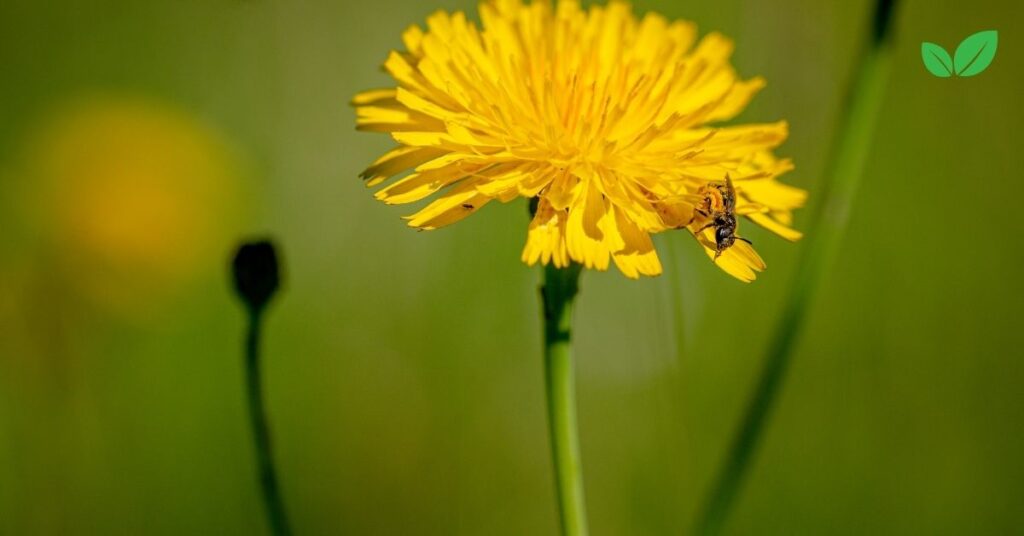
5.1 Physical Adaptations
Hermetia illucens larvae have developed strong mouthparts that allow them to process tough organic materials. Their robust bodies are adapted to survive in dense, wet, and nutrient-rich environments. The larvae’s tolerance to varying levels of moisture and pH in decaying matter supports their role as efficient decomposers in diverse settings.
5.2 Behavioral Adaptations
The adult black soldier fly exhibits unique behaviors that differentiate it from other fly species. For instance, adult H. illucens are non-pestilent and do not seek out food or transmit diseases, as they lack functional mouthparts for feeding. This behavioral trait minimizes their contact with human activities and reduces competition for resources.
5.3 Reproductive Strategy
The ability of females to lay hundreds of eggs at once ensures a high rate of survival and allows Hermetia illucens populations to thrive even in changing environments. This reproductive strategy supports their rapid colonization of new habitats, facilitating their ecological role across different regions.
6. Human Interaction and Economic Importance
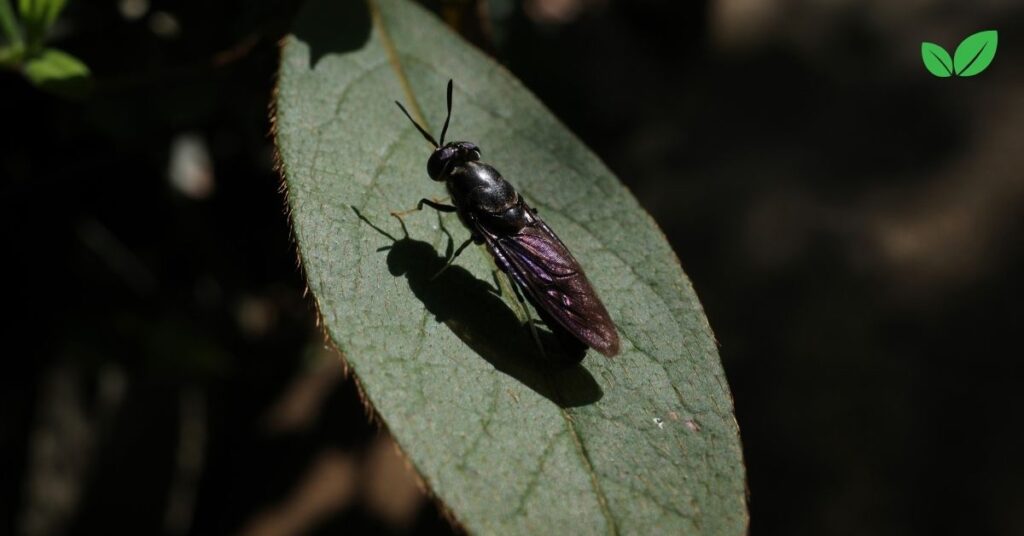
6.1 Use in Waste Management
The waste management potential of Hermetia illucens has garnered attention worldwide. By incorporating black soldier fly larvae into composting and waste reduction programs, cities and agricultural sectors can significantly reduce organic waste volumes. Large-scale BSFL composting facilities have been established to process food waste, reducing the burden on landfills and enhancing sustainability.
6.2 Source of Animal Feed
The larvae are rich in protein, amino acids, and essential fats, making them an ideal supplement for livestock feed, including poultry, fish, and pigs. This use not only provides a cost-effective alternative to traditional animal feeds but also reduces the demand for unsustainable feed sources like fishmeal and soy.
6.3 Nutrient Recycling in Agriculture
The frass produced by black soldier fly larvae is rich in nitrogen, phosphorus, and potassium, key nutrients for plant growth. Farmers use frass as a natural fertilizer to enhance soil health, promoting sustainable agricultural practices that minimize chemical inputs.
7. Environmental Impact and Sustainability
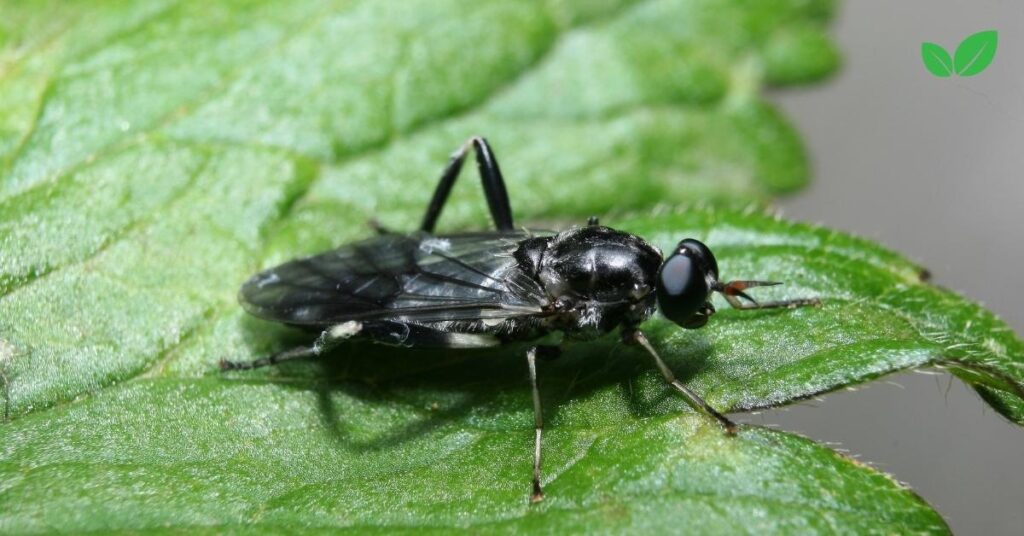
7.1 Positive Impacts
The environmental niche of Hermetia illucens is particularly noteworthy for its contributions to sustainability:
- Carbon Footprint Reduction: By diverting organic waste from landfills, BSFL composting reduces methane emissions, contributing to lower greenhouse gas outputs.
- Circular Economy: The conversion of waste into high-value products supports a circular economy, wherein resources are reused and recycled rather than discarded.
- Biodiversity Support: By contributing to the breakdown of organic material, Hermetia species support the nutrient cycles that sustain a wide range of organisms, including plants and soil-dwelling animals.
7.2 Challenges and Limitations
Despite their numerous benefits, the use of black soldier flies is not without challenges:
- Temperature Sensitivity: While H. illucens can adapt to various climates, extreme cold requires artificial regulation to maintain productivity in colder regions.
- Public Perception: The idea of insects in waste management and animal feed can face resistance from consumers unfamiliar with the environmental and nutritional benefits.
- Resource Allocation: Setting up large-scale BSFL farming operations requires initial investments in technology and infrastructure, which may be a barrier for small-scale farmers or developing regions.
7.3 Future Prospects
Ongoing research into Hermetia and the black soldier fly’s potential in waste management and protein production is paving the way for expanded use. Technological advances in automated BSFL farming and improved understanding of their lifecycle management promise more efficient and widespread applications. Integrating these practices into existing waste management and agricultural systems will bolster sustainable development efforts globally.
8. Conservation and Environmental Concerns
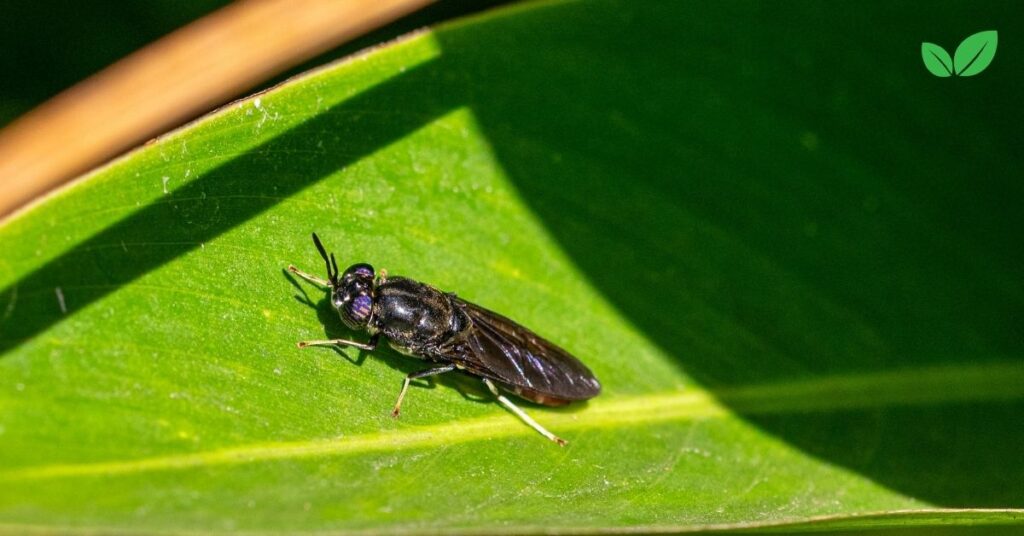
8.1 Impact on Native Ecosystems
While Hermetia illucens has proven beneficial in many contexts, there is a need to monitor its impact on local ecosystems, particularly where it has been introduced. Its interactions with native decomposers and potential competition for resources could alter the balance of some ecosystems.
8.2 Promoting Sustainable Practices
Ensuring that BSFL farming is practiced sustainably involves careful management to avoid potential negative impacts, such as water contamination from improper handling of larval waste. Regulatory frameworks can help establish best practices and guidelines for safe, large-scale BSFL operations.
8.3 Biodiversity and Conservation
Maintaining biodiversity within regions that support Hermetia species is crucial. While black soldier flies contribute positively to waste reduction, preserving a diverse range of decomposer species ensures the resilience of ecosystems. Conservation efforts should focus on protecting habitats that foster a wide array of decomposers, including beetles, fungi, and microorganisms.
9. Conclusion
The genus Hermetia, exemplified by Hermetia illucens, holds a significant environmental niche as a highly efficient decomposer and contributor to nutrient cycling. Its larval stage is particularly vital for waste management and sustainable practices, providing a natural solution to the global challenges of waste reduction and animal feed production.
Understanding the ecological role of Hermetia helps emphasize the interconnectedness of life and the importance of adopting sustainable practices that harness nature’s own processes. Through continued research, public education, and innovative applications, black soldier flies can further integrate into global sustainability efforts, supporting both environmental health and economic resilience.
The success of Hermetia highlights the potential of lesser-known organisms to influence broader environmental solutions. As we face ongoing ecological challenges, recognizing and leveraging the natural abilities of species like the black soldier fly will play an essential role in fostering a more sustainable and balanced world.
Read More: Lyctus: Examining the Environmental Niche of Wood-Boring Beetles and Their Impact on Ecosystems

